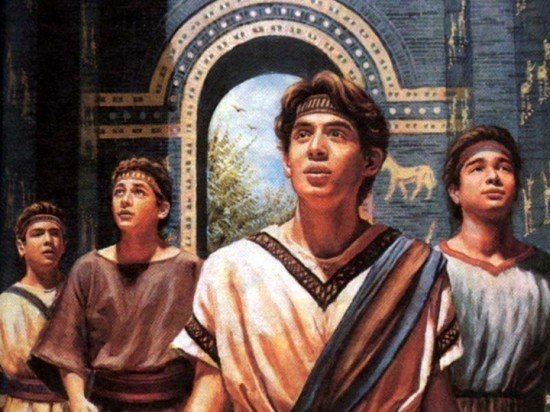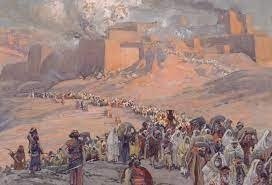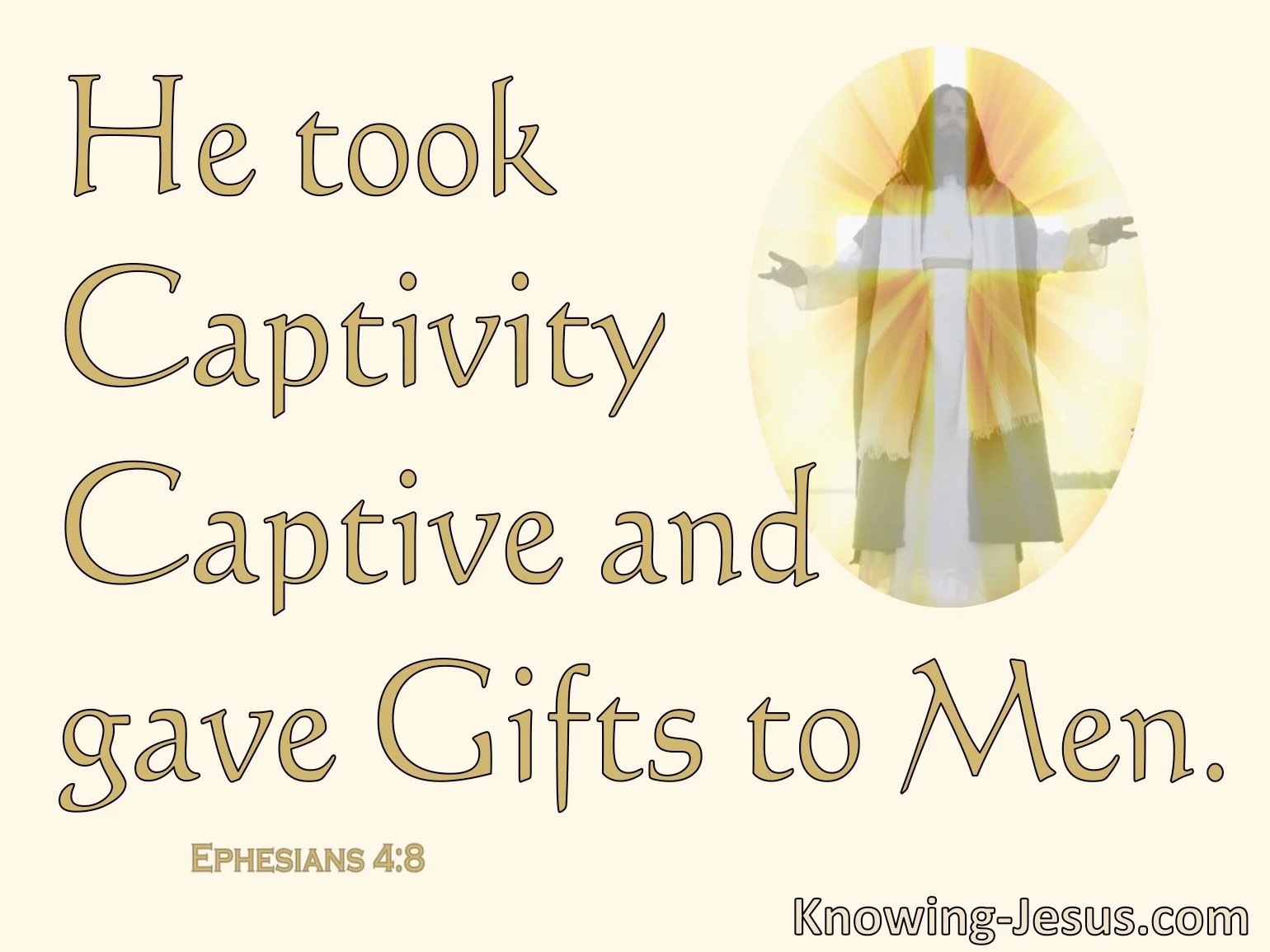Over the years of preaching and teaching, I have come to the realization that not everyone learns in the same way. We each have different learning styles that help us grasp what is being communicated. For me, my preferred method of learning has always been conversation or talking through material. As someone shares information, I am learning and evaluating what it is being said. However, this is not the only way to learn or teach all people.
My wife and daughter, Samantha and Hailey, learn by reading. They can read something once, whether it is a book or class notes, and they will remember everything. I used to be jealous of their ability to do this! Riley, my oldest son, learns by hands-on interaction with material. Doing is what brings about comprehension for him. Anthony shares the same learning style, with a touch of analytical skill mixed in. As you can imagine, I have driven my family crazy with my verbose style of learning, along with many congregants. Sorry! Therefore, in an attempt to expand my teaching styles, I will seek to find other ways to communicate with you for your spiritual enrichment.
So let us begin with clarifying the central tenants of the sermon from Daniel 1. First, Daniel paints the scene of Israel being disciplined by the rival Babylonian empire. Specifically, Israel is unfaithful to the Lord, they are taken into exile, and then oppressed by the Babylonian culture and its king, Having reached this point in the narrative, Israel and the church in our day are forced to consider the question of how one is to be set free from such a predicament.
Redemptively speaking, it is obvious that someone would need to enter into their captivity, oppression, remain faithful to God, and use their power and giftedness to set their people free. In this particular text, Daniel, in the role as a prophet, serves as a typological savior for the people of Israel:
He enters into captivity.
He experiences the pressures of cultural and religious oppression.
He remains in a spirit of dependence.
Daniel uses his rights, privileges, and skills to be a blessing to both Israel and Babylon.
Next, we looked at how Jesus Christ ultimately fulfills this redemptive need for all those who find themselves in spiritual and relational captivity by doing each of the tasks mentioned above.
And finally, we took a look at the implications of Christ’s saving work upon those who have been captivated and carried away by the idolatries of our hearts. Namely, our Father strategically places each of us in spheres of influence to walk in:
Our new freedom in Christ
Our new identity in Christ
Our new hope in Christ
Our new mission in Christ to help other captives
Alright, I have once again explained the meaning of the text with a lot of words. But what if we could add some graphic illustrations to further shed light on this passage’s intentions; to simplify the central message of passage? For instance:
Now I realize these illustrations are an oversimplified explanation, but used in conjunction with the verbal description, I hope they help some to obtain a better grasp of th meaning of the passage. The hope behind this exercise is to provide another tool to assist others in their understanding of the Bible’s meaning. I am not under the illusion that this is a perfect description, but it is an attempt at improving our communication. If this was at all helpful, please feel free to interact with this post and leave your thoughts one way or the other. In the meantime, may the Lord Jesus enter into all of our areas of captivity, set us free, and empower us to be liberators for others.





